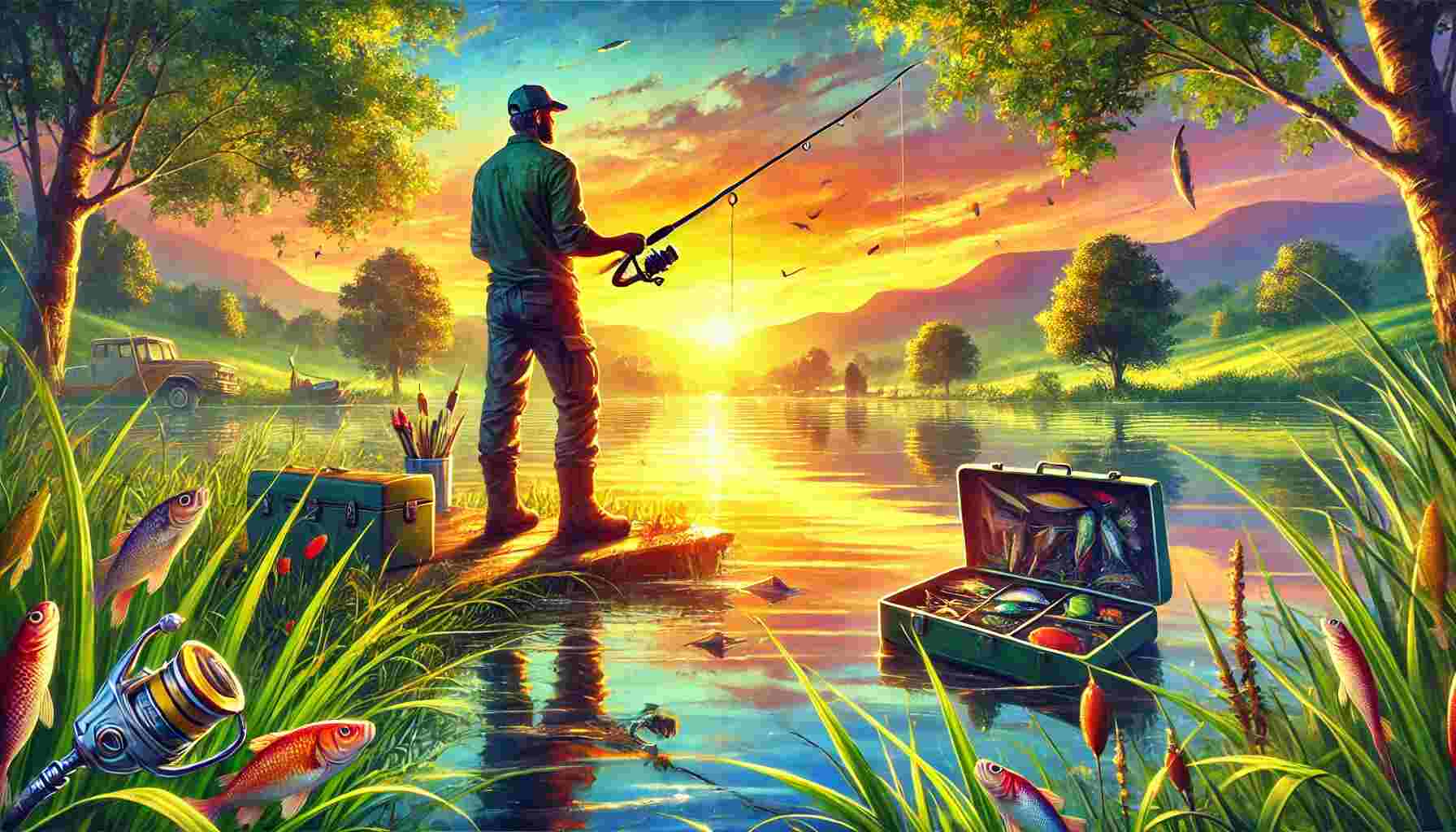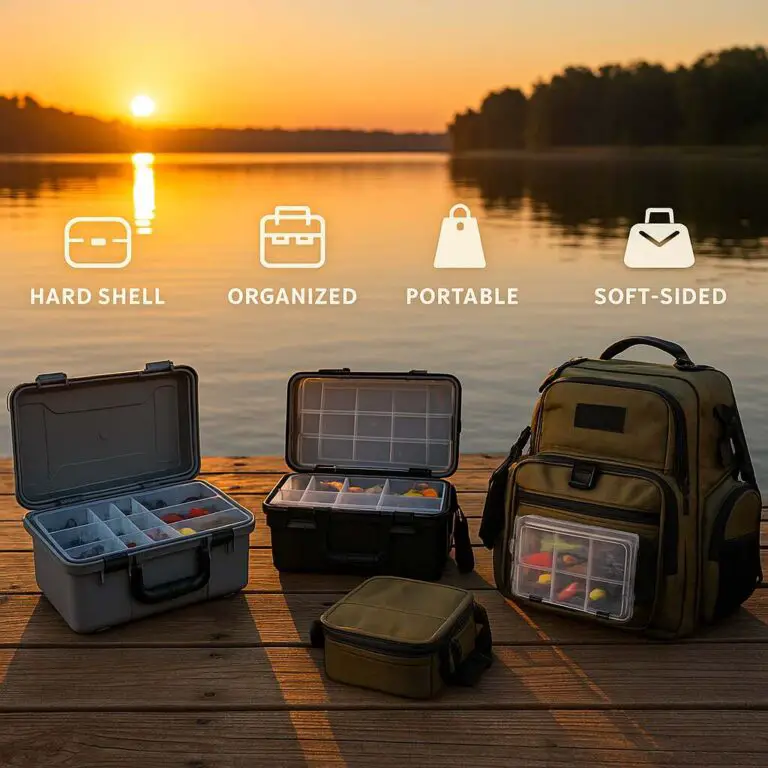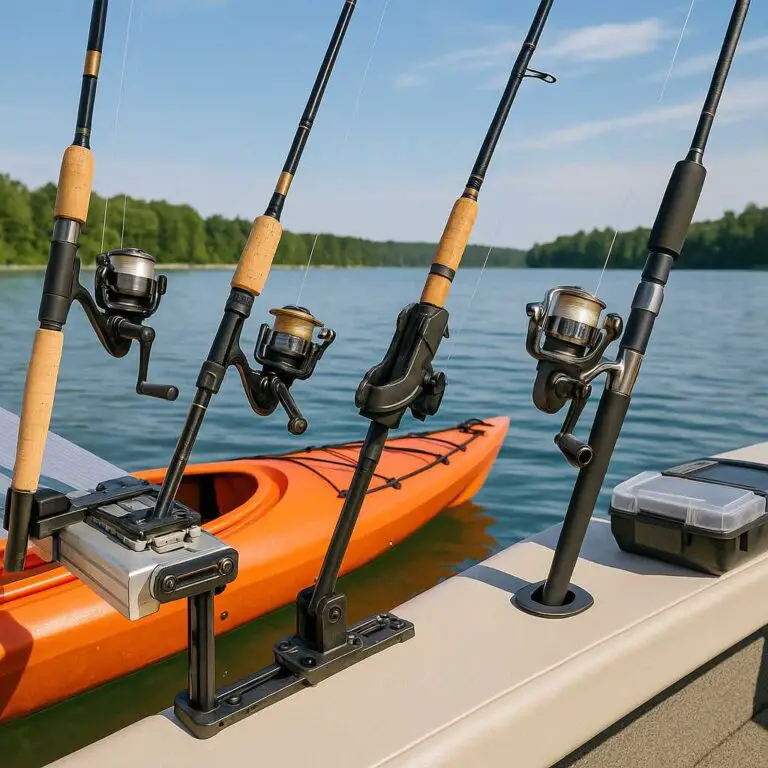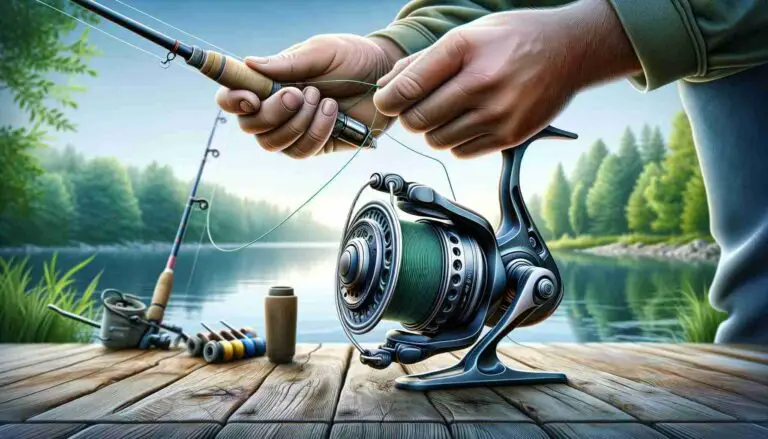Fishing in the summer is one of the most enjoyable outdoor activities, thanks to the warm weather, long days, and abundant fish. Whether you’re fishing in freshwater lakes and rivers or the ocean, the right techniques can make all the difference. This guide explores the top 5 summer fishing techniques for both freshwater and saltwater to help you maximize your success with tips, tricks, and insights to enhance your experience.
1. Topwater Fishing
Freshwater
Topwater fishing is a thrilling method that involves luring fish to the surface. This technique is particularly effective in the early morning and late evening when the water is cooler, and fish are more likely to feed on the surface.
Key Techniques:
- Lure Selection: Use lures that mimic prey such as frogs, insects, or small fish. Popular choices include poppers, buzzbaits, and frogs.
- Retrieval Method: Experiment with different retrieval speeds and patterns. The goal is to create a commotion on the water’s surface that attracts fish.
- Target Areas: Focus on areas with dense vegetation, lily pads, or fallen logs where fish are likely hiding.
Best Practices:
- Timing: Fish during low-light conditions to increase your chances of a strike.
- Patience: Allow fish to fully take the lure before setting the hook to ensure a solid catch.
Saltwater
In saltwater, topwater fishing can be incredibly exciting, especially when targeting species like tarpon, bluefish, and striped bass.
Key Techniques:
- Lure Selection: Use larger topwater lures such as poppers and walking baits designed for saltwater species.
- Retrieval Method: Create a rhythmic popping or walking motion to entice predatory fish.
- Target Areas: Fish near structures like jetties, reefs, and drop-offs where baitfish congregate.
Best Practices:
- Equipment: Use sturdy rods and reels to handle the aggressive strikes of saltwater fish.
- Observation: Look for signs of baitfish activity and diving birds to locate feeding fish.
2. Bottom Fishing
Freshwater
Bottom fishing is a versatile technique effective for catching a variety of freshwater species such as catfish, carp, and bass.
Key Techniques:
- Bait Selection: Use natural baits like worms, crayfish, or cut bait. Artificial baits such as soft plastics can also be effective.
- Rig Setup: Employ rigs like the Carolina rig or drop shot rig to keep your bait near the bottom.
- Target Areas: Focus on deep holes, ledges, and areas with underwater structures.
Best Practices:
- Scented Baits: Use baits with strong scents to attract fish in murky waters.
- Patience: Allow time for fish to locate and bite the bait, especially in deeper waters.
Saltwater
Bottom fishing in saltwater is ideal for catching species such as grouper, snapper, and flounder.
Key Techniques:
- Bait Selection: Use live baits like shrimp, squid, or baitfish. Cut bait can also be effective.
- Rig Setup: Use heavy-duty rigs like the fish finder rig or knocker rig to handle the strong currents and larger fish.
- Target Areas: Fish around reefs, wrecks, and rocky bottoms where target species are likely to be found.
Best Practices:
- Heavy Tackle: Use strong tackle to withstand the powerful runs of bottom-dwelling fish.
- Positioning: Anchor your boat to keep your bait in the strike zone and prevent drifting.
3. Fly Fishing
Freshwater
Fly fishing is a popular technique in freshwater, particularly for catching trout, bass, and panfish.
Key Techniques:
- Fly Selection: Match the hatch by using flies that mimic local insect activity. Dry flies, nymphs, and streamers are common choices. Check out this selection of fly fishing flies.
- Casting Method: Master the art of the fly cast to present your fly naturally. Practice techniques like roll casting and false casting.
- Target Areas: Fish in streams, rivers, and lakes with clear water and ample insect life.
Best Practices:
- Stealth: Approach fishing spots quietly to avoid spooking fish.
- Observation: Watch for rising fish and insect activity to choose the right fly and presentation.
Saltwater
Saltwater fly fishing is gaining popularity, targeting species like bonefish, tarpon, and redfish.
Key Techniques:
- Fly Selection: Use larger, saltwater-specific flies that mimic shrimp, crabs, and baitfish. Here is a great selection of saltwater flies.
- Casting Method: Develop a strong double haul cast to achieve longer distances and combat wind.
- Target Areas: Fish in shallow flats, mangroves, and estuaries where target species hunt for prey.
Best Practices:
- Equipment: Use saltwater-resistant gear to prevent corrosion and handle larger fish.
- Timing: Fish during tidal changes when fish are more active and feeding.
4. Trolling
Freshwater
Trolling is an effective technique for covering large areas of water and targeting species such as walleye, salmon, and lake trout.
Key Techniques:
- Lure Selection: Use crankbaits, spoons, and spinners that can be trolled at various depths.
- Speed Control: Adjust your trolling speed to match the behavior of your target species. Generally, slower speeds are effective in cooler water.
- Depth Management: Use downriggers or lead core lines to reach the desired depth.
Best Practices:
- Electronics: Utilize fish finders to locate schools of fish and structure.
- Variety: Experiment with different lure colors, sizes, and depths to find what works best.
Saltwater
Saltwater trolling targets species like tuna, marlin, and mahi-mahi, making it a popular choice for offshore fishing.
Key Techniques:
- Lure Selection: Use large, flashy lures like skirted trolling lures, cedar plugs, and rigged ballyhoo.
- Speed Control: Troll at higher speeds (5-10 knots) to attract fast-swimming predators.
- Depth Management: Use outriggers and planers to spread your lures and reach different depths.
Best Practices:
- Spread: Maintain a wide spread of lures to cover more water and increase your chances of a strike.
- Vigilance: Keep an eye on your lines and be ready for sudden strikes from aggressive fish.
5. Jigging
Freshwater
Jigging is a versatile technique for catching species like bass, walleye, and crappie in freshwater.
Key Techniques:
- Lure Selection: Use jigs with soft plastic bodies or live bait. Popular choices include tube jigs, curly tail grubs, and minnows.
- Presentation: Vary your jigging motion by lifting and dropping the rod tip to create an enticing movement.
- Target Areas: Fish near structures like submerged trees, rocks, and weed beds.
Best Practices:
- Light Tackle: Use light tackle for better sensitivity and control.
- Depth Adjustment: Change the jigging depth based on fish activity and water temperature.
Saltwater
Saltwater jigging targets species like amberjack, snapper, and grouper, providing an exciting and effective method.
Key Techniques:
- Lure Selection: Use heavy metal jigs or vertical jigs designed for saltwater fishing.
- Presentation: Employ fast, erratic jigging motions to trigger strikes from predatory fish.
- Target Areas: Fish near reefs, wrecks, and drop-offs where fish are likely to congregate.
Best Practices:
- Strong Tackle: Use strong, durable gear to handle the powerful runs of saltwater fish.
- Persistence: Keep jigging even if strikes are slow, as fish can be attracted by continuous movement.
Recommended Gear
- Topwater Lures for Freshwater Fishing
- Bottom Fishing Rigs and Baits
- Fly Fishing Gear
- Trolling Lures for Saltwater
- Saltwater Jigging Equipment
Conclusion
Summer fishing offers a wealth of opportunities for both freshwater and saltwater anglers. By mastering these top five techniques—topwater fishing, bottom fishing, fly fishing, trolling, and jigging—you can enhance your fishing success and enjoy a productive season on the water. Each method has its unique advantages and requires specific skills and equipment, but with practice and persistence, you can become proficient in all of them.
Remember to always follow local fishing regulations, practice catch and release when appropriate, and respect the natural environment to ensure sustainable fishing for future generations. Equip yourself with the right gear, stay informed about the latest fishing trends, and most importantly, have fun out there!




